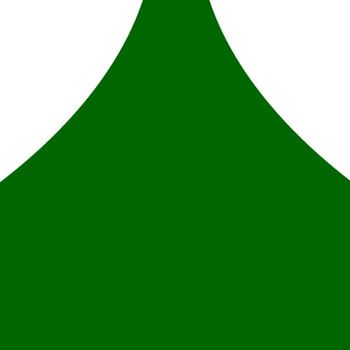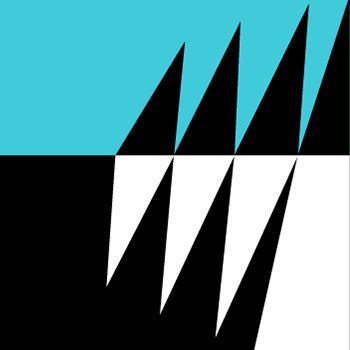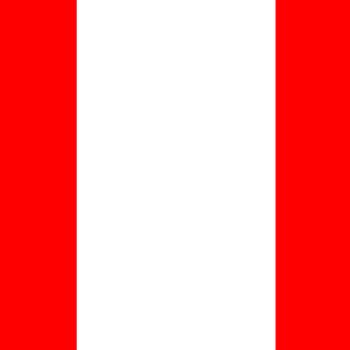Finals in the early Fifties were packed with tension

South Bendigo and Castlemaine won the BFL flags in the early 1950s in games marked by very high standard football.
In 1951 the Bloods downed Eaglehawk by 28 points in a match where 44 goals in total were kicked.
Twelve months later Castlemaine took home just its second BFL flag since joining the league in 1925 with a 29-point victory over Sandhurst.
In ’51 South had to cope with a high-scoring attack led by gun full-forward Harry Morgan.
He nailed nine goals of the Hawks’ 20 in the high-scoring Big Dance won by the Bloods: 24.12 (156) to 20.8 (128).
Yet South had plenty of firepower in attack also shown by their score of 10.3 in the opening quarter, before the Hawks bounced back with a 7.1 second stanza.
The Bloods hung on with Lloyd Conolan and Frank Lenaghan nailing five majors each while Alan Nalder chipped in with four.
Ken Connaughton and Bull landed three apiece
In a remarkable personal effort Morgan landed 9.1 for the Two Blues.
A year later in an amazing twist to the 1952 finals series the first semi had resulted in a draw between Golden Square and South Bendigo meaning the Maine-Hurst second semi was delayed by a week.
South Bendigo downed G. Square in the replay but they didn’t get past the prelim. final.
So eventually after a full, two weekends the Maine side led by captain-coach Wally Culpitt ran out onto the QEO to take on the Maroons in the second semi-final.
Former teammates at VFL club Hawthorn, Culpitt and the Hurst’s Kevin Curran were pitted against each other as the opposing captain-coaches.
The Addy sports writers of the period stated that 12,000 footy-mad spectators crammed into the QEO with the Hurst ahead at half-time by a narrow margin.
Then Culpitt’s boys took over. Castlemaine added 8.4 in the third term to snatch a comfortable lead with wingman Graeme Minihan in complete control.
He finished with a game-high 28 kicks.
The Magpies withstood the Hurst’s last term rebound to win by 11 points and march straight into the 1952 grand final.
Culpitt’s and his co-selectors’ main concern was an injury, late in the last term, to key follower Jack Jefferies.
So after the Maroons re-bounded to beat South Bendigo, coming from behind in the preliminary final, they earned a re-match with Castlemaine.
The QEO was bursting at the seams with 15,000 spectators jammed in. Gate takings were £2,076 and it’s hard to go back-in-time and imagine where all the spectators fitted in.
The Advertiser reported the Midland Highway through to Bendigo had been bumper-to-bumper with traffic that morning and, remembering this was the early Fifties when very few families owned motor cars, each vehicle must have been fully laden.
Of course there would have been choc-a-bloc chartered buses as well as cars on the highway leading into Bendigo.
It was a neck-and-neck grand final through the first half before the Magpies broke the game open with a brilliant third quarter.
The added 5.4 while holding the Maroons to five behinds and the game was virtually over.
The last term was played out as a formality, really.
There were two important milestones in the ‘Maine’s 1952 success. It was Wally Culpitt’s first year as coach.
And the flag was won in just their fourth season back after the Magpies had re-joined the BFL after WW2 in 1949.
The club best and fairest award was won by Jack Scholes, recruited from Newstead for that historic 1949 season.
Neil Delmenico and Max Gale, teammates of Scholes at Newstead, were also in the Maine’s black and white colours from 1949 onwards.
But a terrible tragedy occurred in the 1953 inter-league game against Ballarat.
Young Castlemaine player Ian Brown passed away as a result of injuries sustained in that match with the BFL and member clubs rallying to raise funds for Brown’s family.
And although the death cast a black pall over the league the season had to continue so by the time the home-and-away season had ended the top four was Eaglehawk, Sandhurst, Castlemaine and South Bendigo.
The last round of the ’53 season was significant because of Harry Morgan’s heroics.
At Canterbury Park in the clash against Rochester Harry had a goal-kicking day out.
By three quarter time he’d equalled the BFL record of 24 majors nailed by Dave Mahoney (Bendigo City) just before World War 1 broke out.
Morgan could have broken that 24-goal mark but came off at three-quarter time and sat on the bench.
Reporters of the period quoted Harry in the Monday Addy as saying he didn’t want to risk further injury --- he’d come off with a slight niggle --- as the Hawks were heading into the 1953 finals series a week later.
So Harry wanted to be ready for the big matches which lay ahead.
After the Hurst’s Noel Evans had made it two wins in a row at the Michelsen Medal count Harry and his two Blues concentrated on the ’53 grannie.
And they were successful. Eaglehawk won what had been a tight clash against the Hurst for three quarters with a masterly last quarter.
Final scores: Eaglehawk 12.13 (85) def. Sandhurst 9.12 (66).
George Ennor took 10 marks in a dominant performance while Maroons’ coach Curran amassed 25 kicks.
And as a rusted-on Cats fan I can’t let that decade slip away into history without a mention of my boys.
In the then VFL Geelong won the double in the early Fifties: 1951 and 1952.
In front of a crowd of 84,109 in 1951 the Hoops downed Essendon in a thriller: 11.15 (81) to 10.10 (70).
Twelve months later and Geelong celebrated again. Final scores: Geelong 13.8 (86) def. Collingwood 5.10 (40). Crowd: 81,304.
The Cats might have been a trifle fortunate in ’51. Ace Bombers’ full-forward John Coleman had been outed a week earlier by the Tribunal for striking Carlton’s Harry Caspar in a lead-up final.
I was at the MCG on the big day seven decades ago. Yes, I know I’m not 100 (as yet) and back then was a little primary school boy.
Memories are very thin these days, but I remember coach Dick Reynolds (supposedly retired by that 1951 season) running onto the G in the last quarter to try and lift his side.
I think he was the 20th man. Not four interchange players back in the day --- just two, 19th and 20th.
Once on, a player couldn’t be replaced and the other bloke couldn’t come back on from the benches. Plan didn’t work, Dicky. We still won by 11 points.
But I can’t find my grand final Footy Record. I’ve got the one from the very first game I ever saw.
That was a 1949 home-and-away round, Geelong vs. Footscray, at Kardinia Park. It’s a bit battered after all these decades, but the 1951 grand final Record has wriggled its way down the back of a garage cupboard somewhere and seems permanently lost.
The Magpies regained lost ground with a win over a very inaccurate Geelong in the ’53 decider.
Final scores: C’wood 11.11 (77) def. Geelong 8.17 (65). Crowd: 89,060.






















